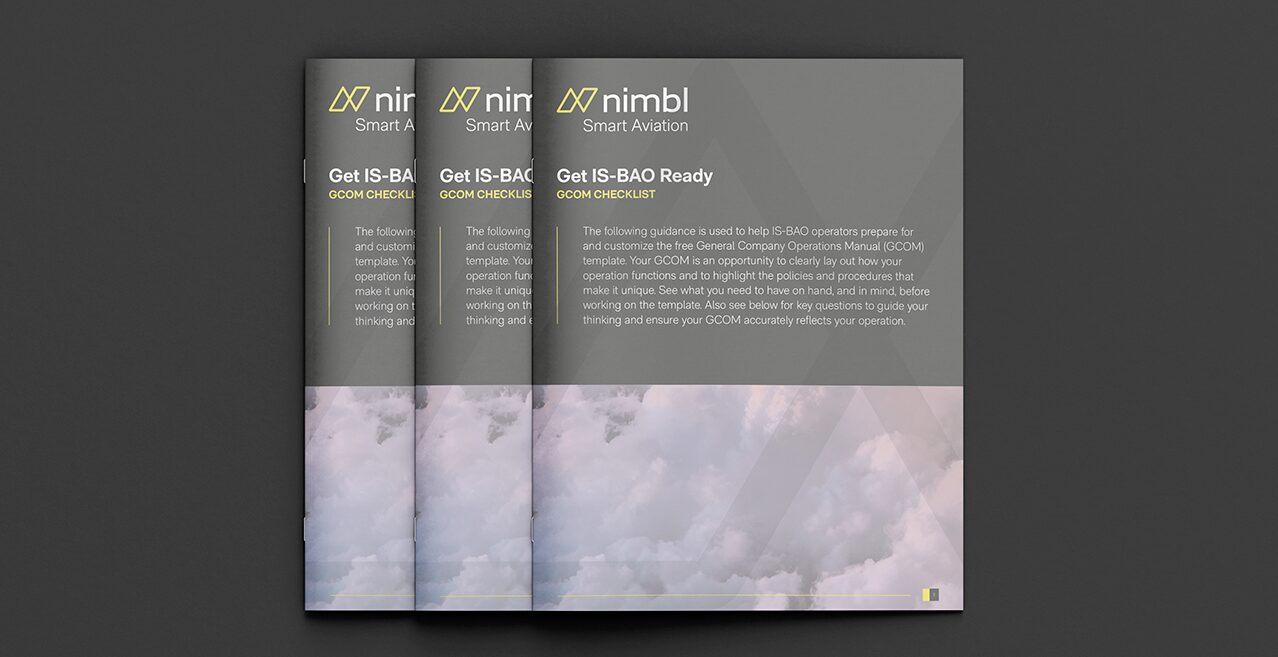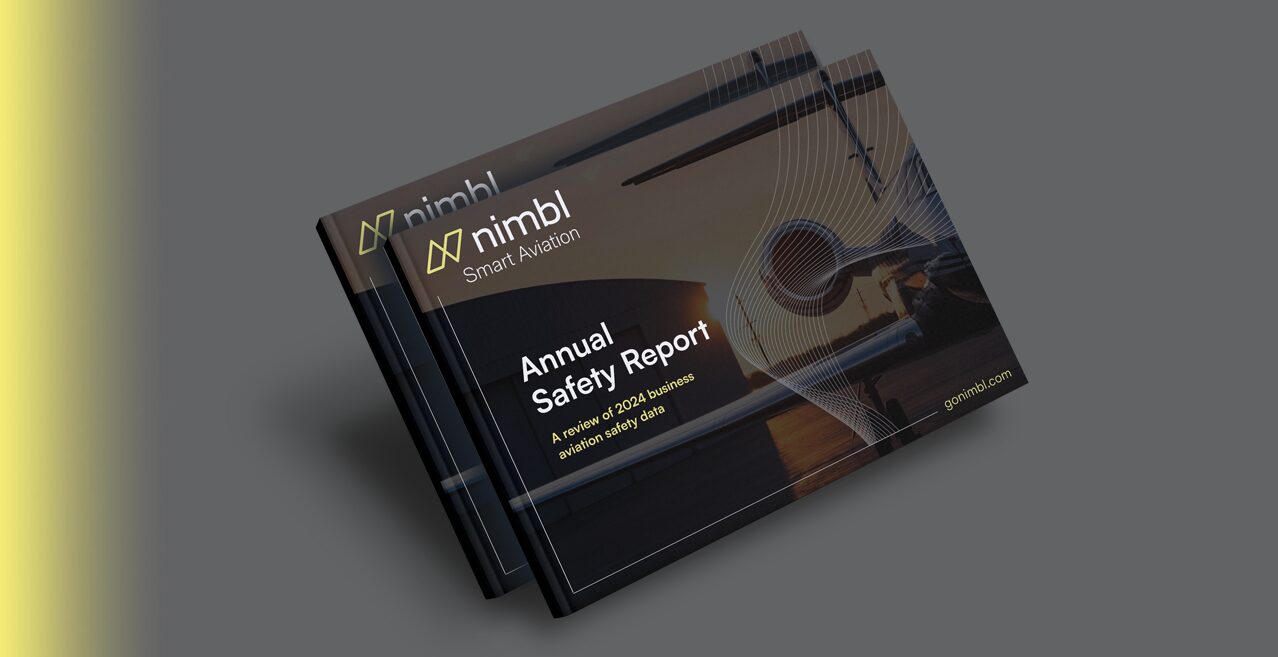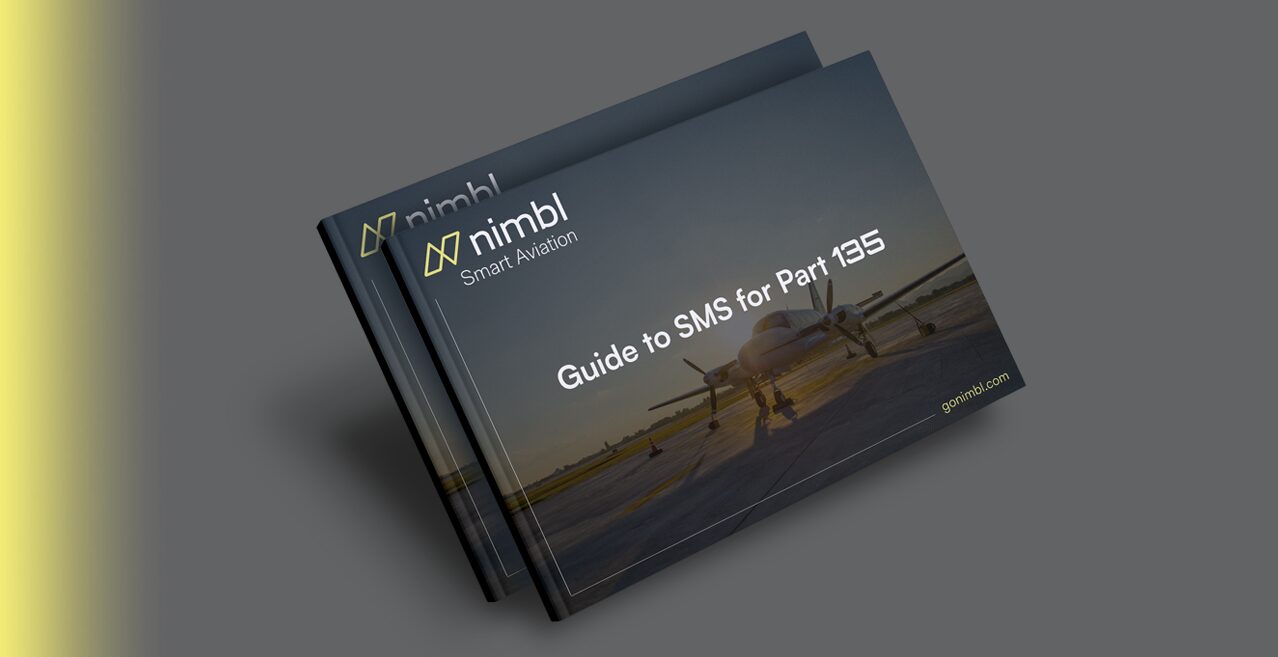Flight Planning Codes Demystified [+ Free Guide]
![Flight Planning Codes Demystified [+ Free Guide]](https://gonimbl.com/wp-content/uploads/resource-3-1536x792.jpg)
A flight plan is a critical part of a flight and it is essential to ensure that it’s properly prepared. Unfortunately,mistakes are often made when completing them, due to lack of knowledge or confusion about regulations. It’s important to ensure your flight plans are going to ATC with the right codes to help you avoid clearance changes and delays. Errors on sample flight plans are also a frequent reason why Letters of Authorization are either delayed or not approved.
Our experts have compiled a free Flight Planning Guide with equipment checklists for operators and their planning providers to make sure their flight plan meets ATC’s and the FAA’s expectations.
Flight planning codes for LOA approval
When applying for a Letter of Authorization (LOA), there is a lot of paperwork to prepare and the FAA wants to make sure everything is in order. For applications for LOAs A056, Data Link Communications (CPDLC/ADS-C), and B036, Oceanic and Remote Operations (RNP-10/RNP-4/RNP-2), a sample flight plan is required.
Since you’re requesting Data Link and PBN authorization for the aircraft, the FAA will specifically be checking whether the flight planning codes listed in ICAO Items 10 and 18 are correct for the aircraft capabilities.
Unfortunately, there are often errors in this section, which end up causing delays in the approval of LOAs. While flight planning codes may seem like just a bunch of letters and numbers on paper, errors can have real consequences when received by ATC, such as inadvertent flight penalties or the inability to receive an in-flight clearance. Operators and planning providers must share the responsibility in correctly filing flight planning codes.
Your flight planning code checklist
We’ve put together a list of important form items operators can run through to check the most common Flight Plan Form errors.
For the full list of codes you need to consider, download the Flight Planning Guide.
Item 10
List the navigation and communication equipment and capabilities of your aircraft.
Item 10a
- Review your data link codes (J codes).
These codes will include “J1” through “J7”
Most DLC-capable aircraft are capable of VDL M2. If your aircraft is VDL M2 capable then you need to have the “J4” code listed.
There has been some confusion regarding this code and TSO C-160/160a compliance. TSO compliance relates to determining domestic enroute capability which affects Item 18, but does not affect this item. - Determine if you should include the “P2” code.
If the aircraft is PBCS capable, “P2” should be included. If the aircraft is not PBCS capable, do not include this code. (Note that if your aircraft has Honeywell FMSs that have not yet been updated with a proper latency timer fix, then you should NOT include “P2.”) - Check if you will list a COM/, NAV/, or DAT/ entry in item 18.
If you will be listing an entry in item 18, then add a “Z” code here.
You will always list an entry in item 18 and need a “Z” code if your aircraft is data link capable.
Item 10b
- Ensure the transponder code is correct.
For example, if the aircraft has 1090 MHz ADS-B installed, which is very common, one of the “extended squitter” codes should be used. The most common code is L, but your aircraft may differ.
Item 18
List additional technical equipment codes to clearly communicate your aircraft capabilities. There are a lot of codes and a specific order, so errors in this section are frequent. Depending on your flight planning provider and their system, you may only have to do this once, when you set up your aircraft profile.
- Check the code sequence.
Keep the codes in the preferred sequence as indicated in the FAA’s flight planning brochure to prevent truncation of your flight plan resulting in an incomplete flight plan. - Ensure applicable RNP-4 codes are listed.
If the aircraft is RNP-4 capable, the PBN/ entry must include L1, in addition to “A1” for RNP-10. - All data link equipped aircraft must include a DAT/ entry.
Aircraft capable of US domestic en route CPDLC, without any known “push-to-load” message errors, will typically use the code DAT/1FANSE2PDC.
Aircraft capable of US domestic en route CPDLC, with known “push-to-load” message errors, will typically use the code DAT/1FANSER2PDC.
Aircraft not capable of US domestic en route CPDLC, but FANS equipped, will typically use DAT/1FANS2PDC. - Make sure the SUR/ entry is correct.
If ADS-B is installed, it should be SUR/260A or SUR/260B, depending on the equipment.
If the aircraft is PBCS capable/authorized, make sure to add “RSP180” to this entry.
If the aircraft is not PBCS capable/authorized, do not enter an RSP code. - Make sure there are REG/, SEL/, CODE/, and OPR/ entries.
These are all operator/aircraft specific and reflect the aircraft registration, aircraft SELCAL code, aircraft hexadecimal Mode S code, and the operator’s name, respectively.
Item 19
Include items specific to survival equipment and information for search and rescue teams. This section of the form usually isn’t transmitted to air traffic control, but the FAA considers it mandatory for LOA approval.
Finally, although not related to flight planning codes, we have seen the FAA taking notice of the fuel information as well. Here are a few key items to check:
Fuel
Equal Time Point (ETP)
- Ensure these calculations are included in the flight plan
The equal time point is a point along the route from which it takes the same amount of time to return to the departure point as it would to continue to the destination.
Fuel Block: This is a detailed breakdown of fuel usage.
- Ensure fuel listed meets requirements.
ICAO specifies seven different fuel blocks that are to be present on the flight plan. - Check that your naming conventions are correct.
Keep in mind that there are different naming conventions. For best results, it is recommended that you keep your fuel block as closely matched to ICAO’s terminology as possible.
If you name your reserve fuel “reserve” or “RESV”, rename it to “contingency”, or “CONT”. - Check your back up fuel.
Authorities want to see how you plan on using your fuel and if there is enough fuel planned in the event you would need to fly to an alternate airport.- Be sure to add 30 minutes of holding/final reserve fuel.
- Be sure to add 5% contingency fuel (5% of the trip fuel).
Don’t forget to download our free Flight Planning Guide
Looking for more detail on each of these items? Visit Ready Flight for more information
Contact us for any LOA support, and check out our free LOA Guide for more information.



